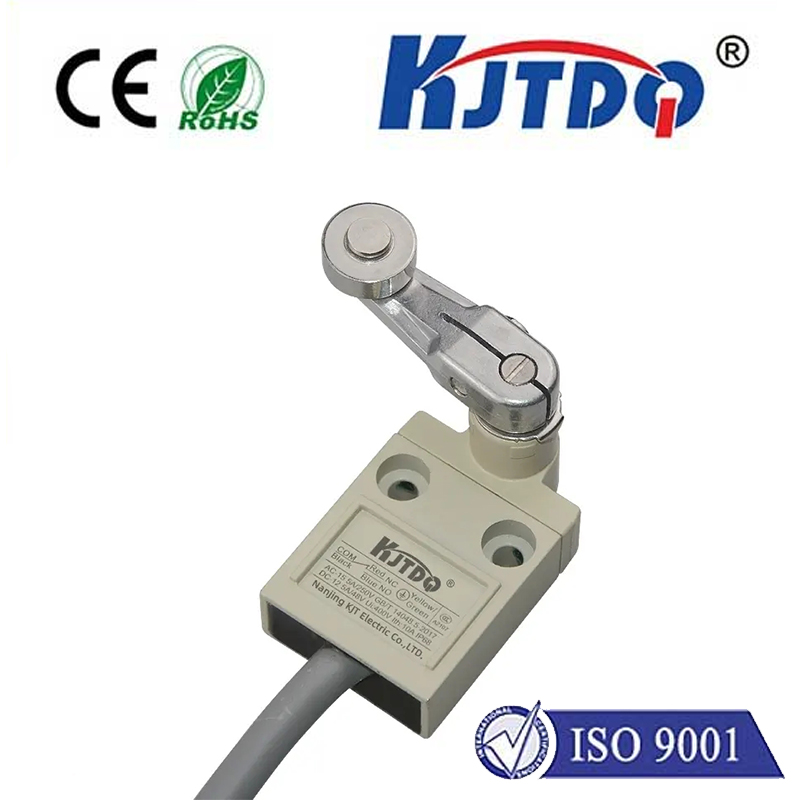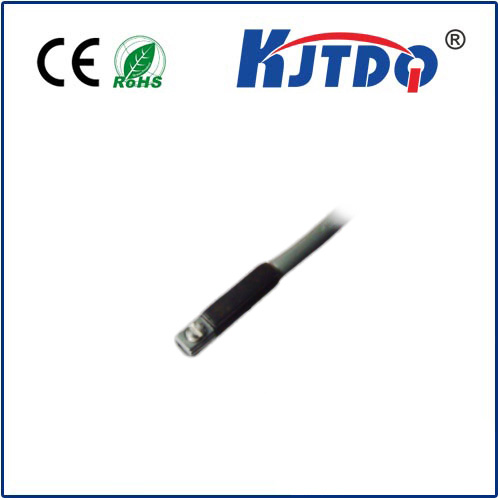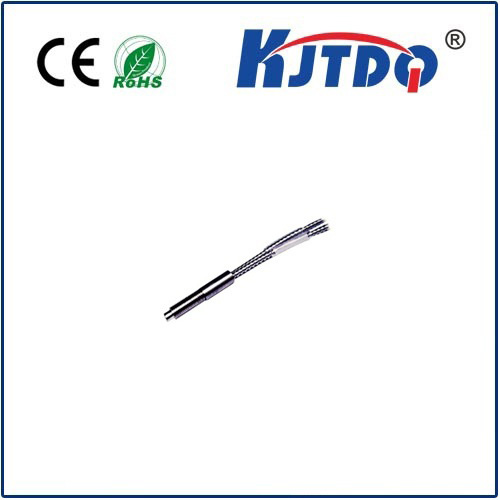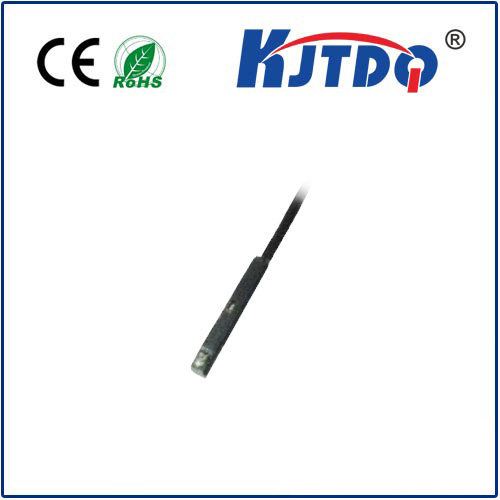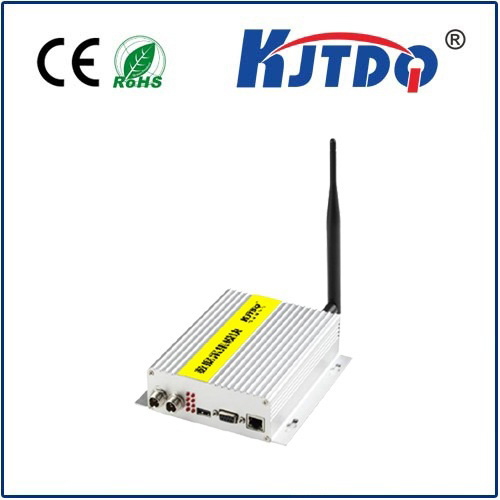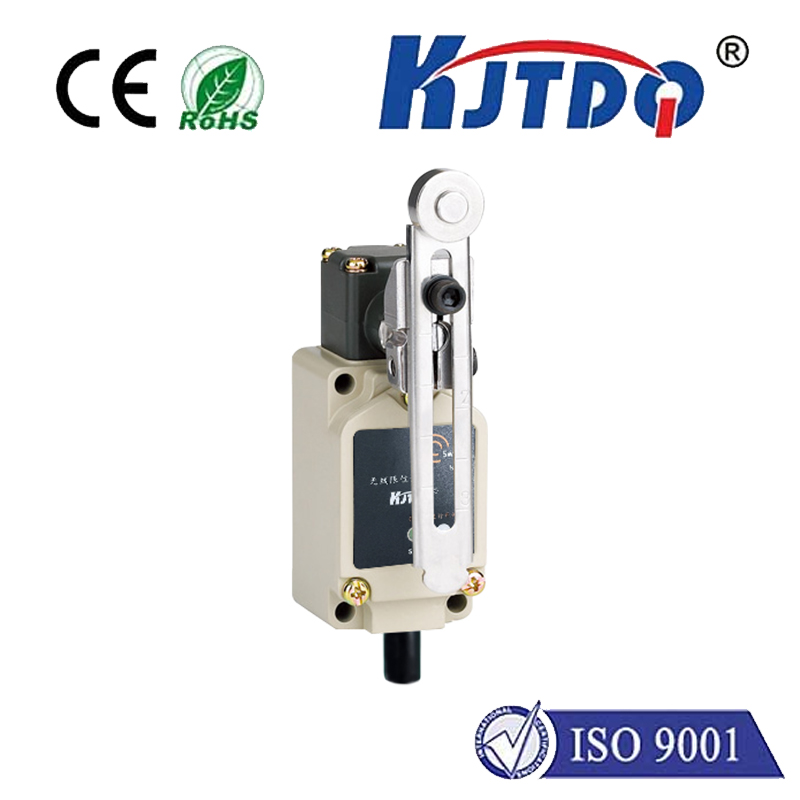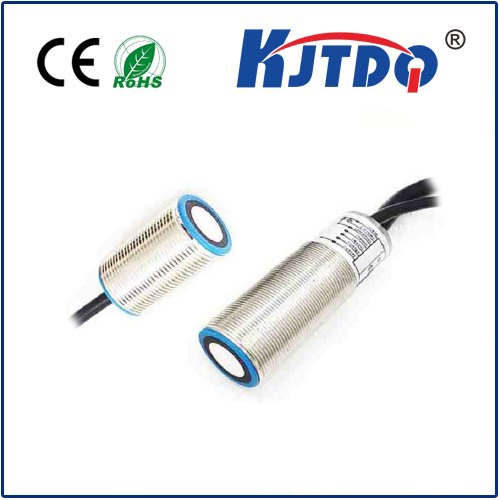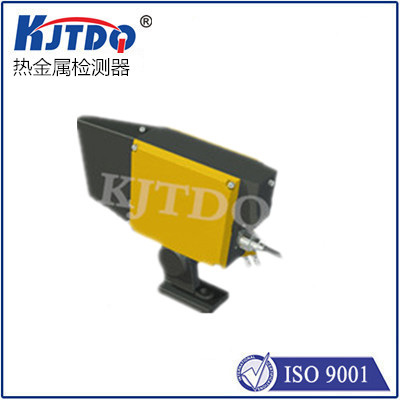

check

check

check

check
flush and non flush proximity sensors are two types of electronic sensors that measure the distance between two objects in a closed circuit. While they share some similarities, there are also important differences in their design, functionality, and limitations.
One of the main differences between flush and non-flush proximity sensors is their method of operation. Flush proximity sensors use an infrared beam to detect the presence of an object, while non-flush proximity sensors use a magnetic field or electromagnetic radiation to detect the presence of an object. This means that flush proximity sensors are typically smaller and more compact than their non-flush counterparts, making them ideal for use in applications where space is limited.
However, flush proximity sensors can be less accurate than non-flush sensors, particularly when measuring distance over long distances or in environments with a lot of interference from other sources. In contrast, non-flush proximity sensors may be more accurate but require more space due to their larger size.
Another key difference between flush and non-flush proximity sensors is their application. Flush proximity sensors are commonly used in consumer devices such as keyboards, remote controls, and touch screen displays. They are also frequently used in industrial settings such as manufacturing and automation. On the other hand, non-flush proximity sensors are often used in medical devices, automotive systems, and security systems.
Despite their differences, both flush and non-flush proximity sensors offer many benefits to users. For example, they can provide accurate and reliable measurements of distance, even in challenging environments. They can also be easily integrated into a variety of different systems and applications.
In summary, flush and non-flush proximity sensors are two distinct types of electronic sensors that have their own unique strengths and weaknesses. By understanding how each type works and what they are best suited for, users can make informed decisions about which sensor to use in their specific application. Whether you need a compact and reliable sensor for consumer products or a highly accurate sensor for industrial use, both flush and non-flush proximity sensors have something to offer.
